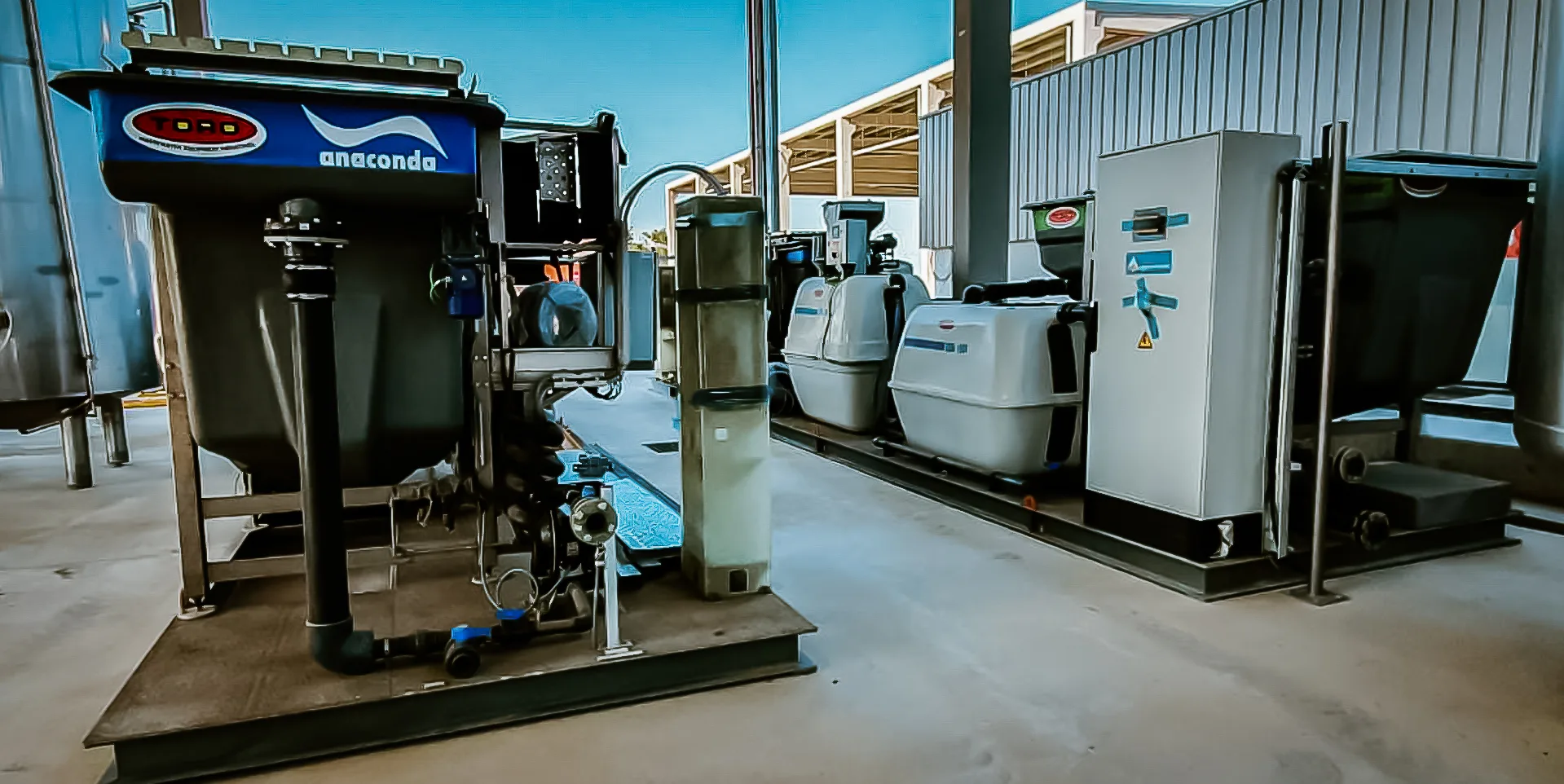

In a water treatment plant chlorination. In a water treatment plant, chlorination is a crucial process that plays a vital role in ensuring the safety and quality of the water supply. Chlorination is the process of adding chlorine or chlorine compounds to the water to disinfect it and kill harmful bacteria and other microorganisms. This process is essential in preventing waterborne diseases and ensuring that the water is safe for consumption. Chlorination can be done using various methods, including adding chlorine gas, sodium hypochlorite, or calcium hypochlorite to the water. Each method has its own advantages and disadvantages, but all are effective in killing bacteria and pathogens. Chlorination is particularly important in areas where the water source is prone to contamination, such as rivers or lakes. By adding chlorine to the water, the treatment plant can effectively kill any harmful microorganisms present, making the water safe to drink. The dosage of chlorine used in chlorination must be carefully monitored to ensure that it is effective in disinfecting the water without posing any health risks. Over-chlorination can lead to the formation of harmful by-products, such as trihalomethanes, which can have adverse health effects. Under-chlorination, on the other hand, may not effectively kill all bacteria and pathogens in the water, leaving it unsafe for consumption. Water treatment plants must strike a balance in their chlorination process to ensure that the water is safe to drink while minimizing any potential risks. In addition to disinfection, chlorination also helps to control algae growth and remove any unpleasant odors or tastes from the water. This helps to improve the aesthetic quality of the water and ensure that it is palatable for consumers. Overall, chlorination is a critical process in water treatment plants that helps to safeguard public health by ensuring that the water supply is safe, clean, and free from harmful contaminants. By implementing proper chlorination procedures and monitoring the process closely, water treatment plants can provide communities with a reliable source of clean and safe drinking water.